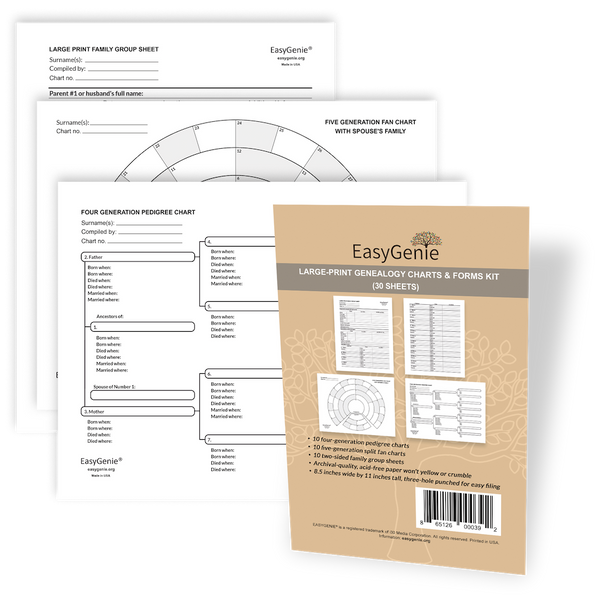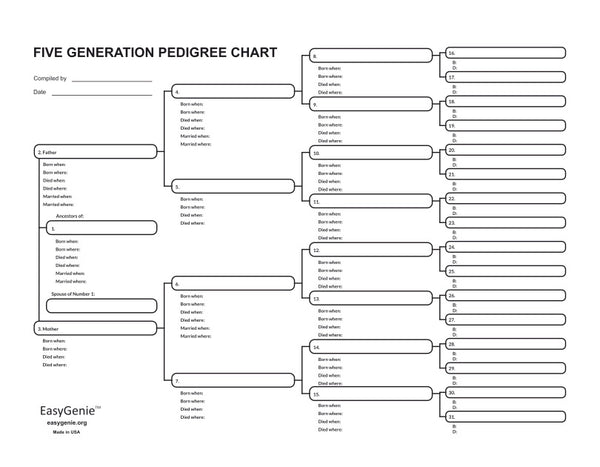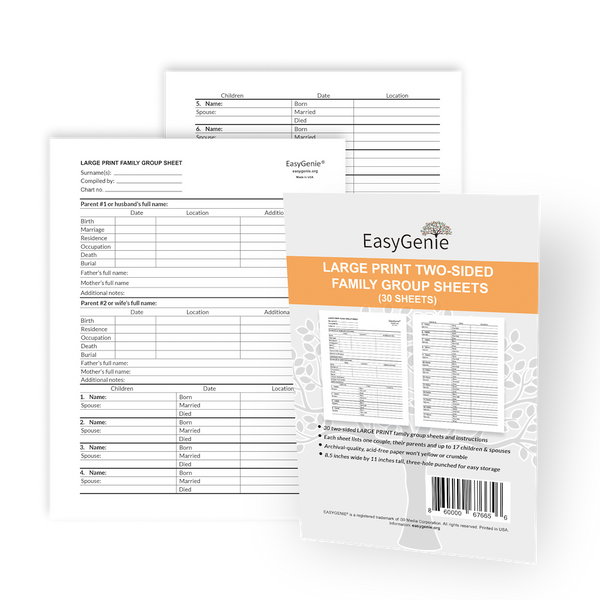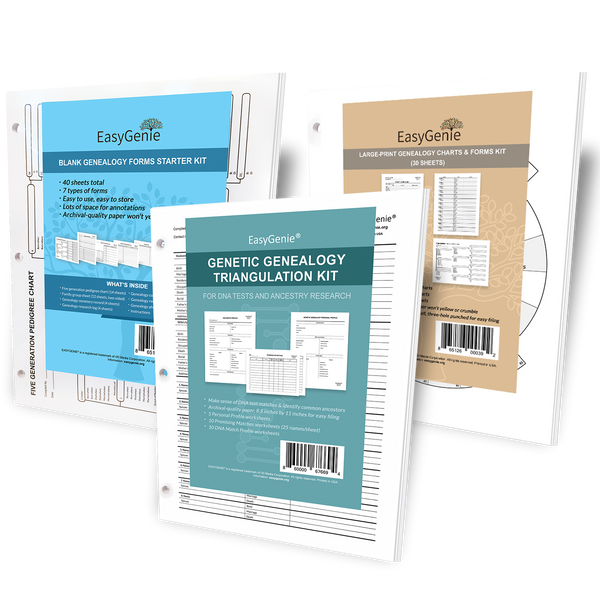We recently conducted an email interview with Arun Konanur, founder of Discovering New Ancestors. Genetic genealogy is one of the most promising tools in the genealogist's toolbox, yet also one of the most frustrating. However, as Arun notes in his interview with Ian, the sheer number of people taking DNA tests has opened up new possibilities for making discoveries. He also relates a story about connecting with a second cousin he never met, but who shared something very important to everyone in that branch of the family.
Ian, EasyGenie: Thanks for talking with us! How did you develop an interest in genetic genealogy?
Arun, Discovering New Ancestors: I’d been interested in genealogy as a hobby since 2005 or thereabouts, and tested with AncestryDNA soon after the service was introduced. For several years after, I passively waited for my member matches to roll in, tallying up the family trees that matched my known lines and largely ignoring those results which did not comport with my research.
As AncestryDNA’s user base grew, however, the number and significance of my “mystery matches” increased and I could no longer in good conscience dismiss these connections as the product of other members’ faulty research or unexpected paternity exclusively in their lines.
Taking my own DNA matches seriously lead to a great many discoveries — both for myself and for the members concerned. On several occasions, after discovering the relationship between a “mystery match” and my own tree, my new cousin would volunteer information about their other mysteries, unconnected to our shared lines. Working through and documenting these challenges provided me with the impetus to strike out on my own professionally, and so I founded Discovering New Ancestors almost two years ago.
What sorts of questions do clients typically want answered when it comes to interpreting DNA test results?
Arun: Clients typically fall into two categories: those with unanswered questions, and those with unexpected results.
The former typically begin with “I don’t know who my _____________ is.” — which may be their father, or a grandparent, or more distant ancestor. I counsel these clients that while we may not immediately be able to answer their question definitively, we should be able to identify the constituent family lines from which that mystery individual is descended and, at minimum, suggest avenues for further research in the form of closely related individuals to test.
In practice, so many people have already taken DNA tests — and there exists such a wealth of documentary evidence from the 19th and 20th Centuries — that arriving at a reasonable conclusion isn’t such a reach, but it’s best to approach these matters with a realistic perspective.
Clients in the latter group tend to arrive with test results too significant to ignore, and in this respect their experience tends to parallel my own. A first-cousin match (of, say, 800+ centiMorgans of shared DNA) with an unknown individual or ethnicity results that don’t stack up the way they should are strong indicators that something’s amiss. One of my early DNA clients had previously worked with me when I ran an IT business in New York City. Although both his parents were (ostensibly) Ashkenazi Jewish, he was 50% Scots-Irish(!) and was understandably curious as to how this came to be.
While the investigative methods I employ for each of these questions are similar, from the client’s perspective they can be very different, and I try to lay out my findings with this in mind. Sometimes that requires that the client “unlearns” what they thought they knew about their background, but I always say: “When you test DNA, expect the unexpected and you won’t be disappointed!”
If you could give one piece of advice to someone just getting started with genealogy, what would it be?
Arun: I’m often asked this by 3rd and 4th cousins who turn up among my DNA matches. While they’re extremely grateful to know that I’ve meticulously documented the lineage we share in common, which may begin around or before the year 1900, their questions inevitably turn to “What should I do now/next?” and my answer is always the same:
Begin with what you know, and document that rigorously. Even if I’ve already traced our common ancestral lines back to the 1600’s, in all likelihood I know very little about my new cousin’s grandparents, or their great-grandparents. Each of us has access to unique and important materials specific to our family — photographs, stories and artifacts — which aren’t available in any form online, and documenting these stories, scanning old photos, and identifying the people and places shown in them, goes a long way towards establishing a solid foundation for further research. In many cases, knowledge you’ve long taken for granted may be precisely what someone else needs to shore up their research.
Along these same lines, I’ll advise new researchers not to stop with materials they’ve received from their parents or grandparents, but to cast as wide a net as possible: speak with siblings, cousins, and eventually to reach out to 2nd cousins.
A 2nd cousin of mine, whom I’ve never met in person, provided with me with the only known photo of our common great-great-grandfather, taken in 1868. It’s something which is priceless to me, and yet as this cousin has no children of her own, I’ve no idea where it might be in 30 years time. Although finding new primary sources often feels like trying to hold the ocean back with a broom, the best thing a beginning researcher can do is document everything available to you in your particular corner of your tree!
Many thanks to Arun for participating in the interview! To learn more about the DNA research services offered by Discovering New Ancestors, visit the Discovering New Ancestors website and follow the company on social media:
- Facebook: @DNAncestors
- Instagram: getyourdnainfo
- Twitter: @GeneralDNAInfo1
Arun also mentions the case studies on the website which "give insight into how we go about our work and how we think about DNA in general."








